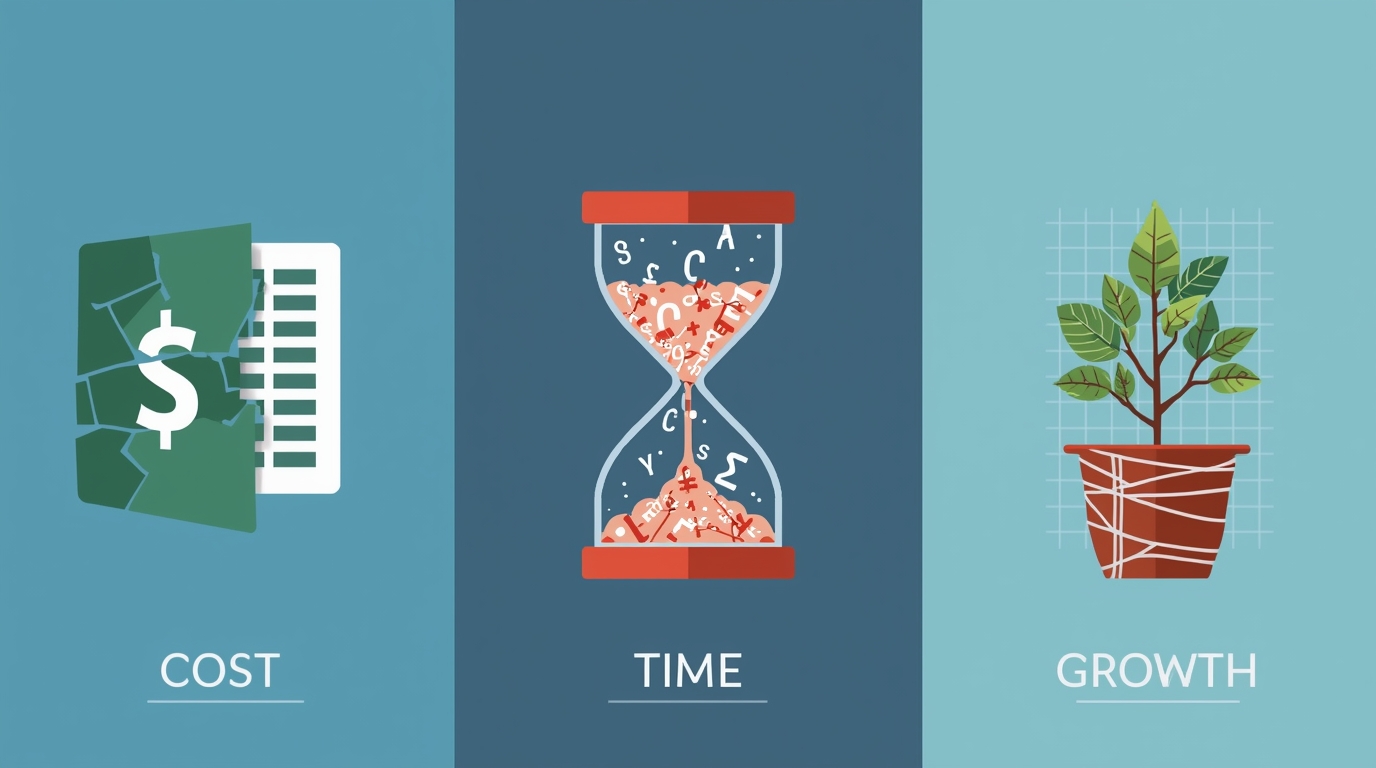
Translation agency heads often complain that they do not have enough time to grow the company. But if you dig deeper, it often turns out that they don’t have enough time because they don’t make the time. Here are a couple of examples.
In response to a proposal to implement a TMS system, we are often told: “We really like your system, but we didn’t have time to implement it.” The paradox is that the system is specifically designed to save you time. If you had implemented it, you would have this time!
Another common objection: “We have all sorts of unrevised tests that were submitted by applicants for the position of translator because everyone is snowed under with our ongoing projects.” So you risk missing a promising applicant who could solve the problem of staff shortages, just because your editor could not find half an hour?
This is how people tend to do things. Our brain focuses on dealing with problems here and now: having solved a problem, even if it is a small one, you immediately see the result, and you receive a dopamine rush—one of the pleasure hormones. In contrast, the consequences of a strategic decision will be noticeable only a few months or even years later. They don’t provide that immediate dopamine rush. That’s why it’s so difficult to break out of the vicious circle.
But effective leaders understand that this is a problem of setting priorities.
In the first article of this series, we offered some advice that might seem a little strange—listen to your inner voice and ask yourself whether you need to grow at all. And now we are going to recommend the opposite: take your autopilot under conscious control and break out of this vicious circle.
If you know that you need to implement a process or a tool, but there is no time for it here and now, then sacrifice the here and now! Yes, it will be painful in the short term. But after all, you created this situation yourself—you did not build a safety net in time. Now you will have to cut to the quick—turn down a couple of projects and devote your free time to strategic planning and implementation. Because the alternative is much worse: stagnation. Olympus was conquered by this method.
You might find it surprising that the most effective leaders have a lot of free time. How is this possible?

Imagine that you are looking to recruit a system administrator. You have two candidates. One is constantly busy solving problems that frequently arise with your network, websites, etc. And the other, after spending a month carefully debugging the network, spends the whole day doing what they want because the problems no longer arise. Who would you prefer to hire?
You are also a sysadmin. Only you manage people not networks. First, you carefully prescribe what they do, how they do it, and when and then track and eliminate the causes of individual errors and systemic failures.
Your job is to configure the system so that it operates autonomously, without your input. This is the ideal situation, and it is not easy to achieve it. But the closer you are to it, the more time you will have to devote to your strategic goals and to yourself—you can go on vacation for a couple of weeks without worrying that everything will grind to a halt without you.
In the next article, we will talk about how you can automate management processes with modern technologies.


.png)
.png)

